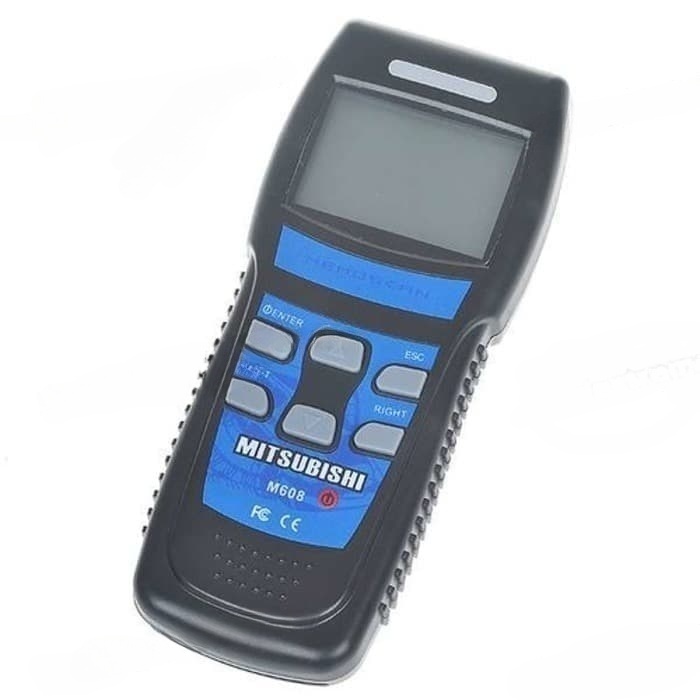Table of Contents
- The Importance of OBD Systems and DTC Codes in Automotive Repair
- What is OBD?
- How do DTCs work?
- Why are DTC codes important?
- Conclusion
Home » Why are Engine Error codes needed?
The Importance of OBD Systems and DTC Codes in Automotive Repair
In today’s modern automotive industry, vehicle performance and safety rely heavily on computer systems. The On-Board Diagnostic (OBD) system is a crucial component in modern vehicles, monitoring major component performance and generating trouble codes to pinpoint and diagnose issues. Understanding OBD systems and Diagnostic Trouble Codes (DTCs) is the key to efficient repairs and higher productivity in the automotive industry.
What is OBD?
The OBD system is a computer-based system that monitors the performance of major components in a vehicle, such as the engine, transmission, and emissions systems. It is designed to detect and report any malfunctions or issues that may affect the performance and safety of a vehicle.
OBD systems vary depending on the vehicle make and model. The first generation of OBD systems (OBD-I) was introduced in the 1980s and was mainly used to monitor emissions systems. The second generation (OBD-II) was introduced in the 1990s and is more advanced, capable of monitoring a wider range of components and generating more detailed trouble codes.
How do DTCs work?
When the OBD system detects an issue, it generates a DTC code that is stored in the vehicle’s computer system. The code is designed to pinpoint the specific component or system that is malfunctioning, making it easier for technicians to diagnose and repair the issue.
DTC codes are made up of five characters, with the first character indicating if it is a manufacturer-specific code or an SAE generic code. The next four characters provide information regarding the specific circuit or system that is affected.
For example, a standard trouble code will start with a P, followed by a four-digit numeric code. P0100-P0199 codes monitor fuel and air ratio, emissions, and fuel economy, while P0200-P0299 codes involve fuel injectors. P0300-P0399 codes indicate issues with ignition or misfire, and P0400-P0499 codes determine issues with EVAP systems.
Some common DTC codes include P0135 and P0141, which indicate O2 sensor heater circuit malfunction, and P0171 and P0174, which indicate a system that is too lean. The P0500-P0599 codes monitor vehicle speed controls and idling, while P0700-P0899 codes monitor transmission systems.
Why are DTC codes important?
DTC codes are essential for transmitting information to automotive technicians, allowing them to quickly and accurately diagnose and repair issues. Accurate diagnosis is key to repair based on manufacturer suggestions, leading to decreased downtime and higher productivity.
For example, the P0300 code indicates random/multiple cylinder misfire detected, while P0420 and P0430 codes indicate catalyst system efficiency below threshold. The P0505 code indicates idle control system malfunction, while the P0602 code indicates control module programming error. The P0702 code indicates a transmission control system electrical malfunction.
Accurate diagnosis leads to efficient repairs and higher productivity, reducing downtime and repair costs. It is essential for automotive technicians to understand and interpret DTC codes to ensure proper repairs and maintenance.
Conclusion
OBD systems and DTC codes play a critical role in modern automotive repair. These systems make it easier to pinpoint and diagnose issues, leading to efficient repairs and higher productivity. Proper tools and understanding of DTC codes are essential for accurate diagnosis and repair, minimizing downtime and repair costs. TPC Wire & Cable offers a vast selection of automotive wire, cord, and cable accessories, as well as custom cable solutions, to keep your vehicles running smoothly.


